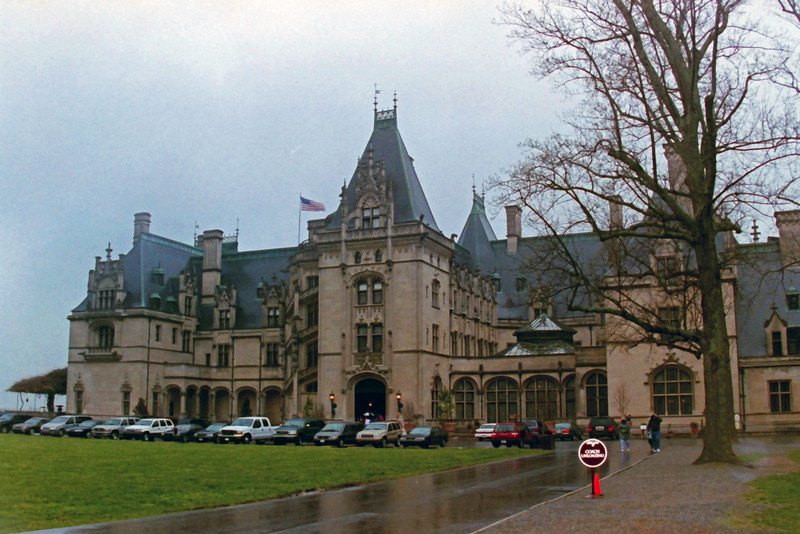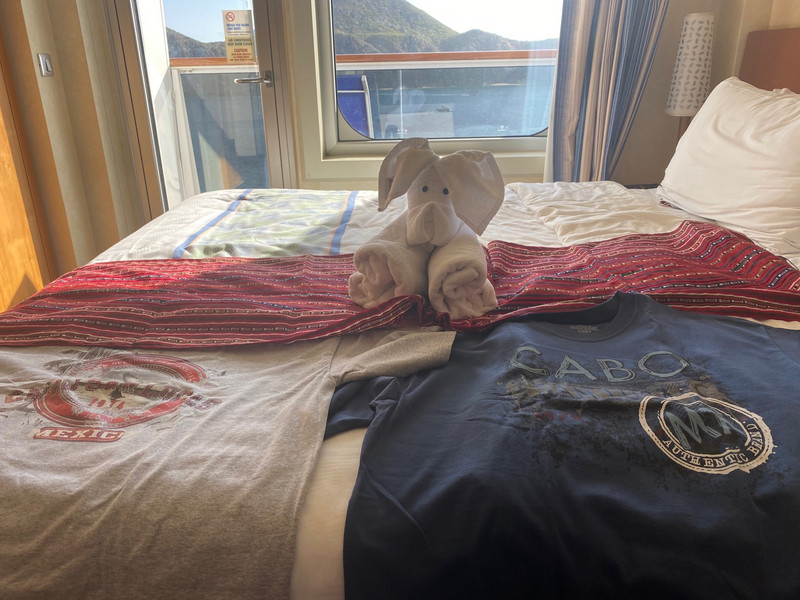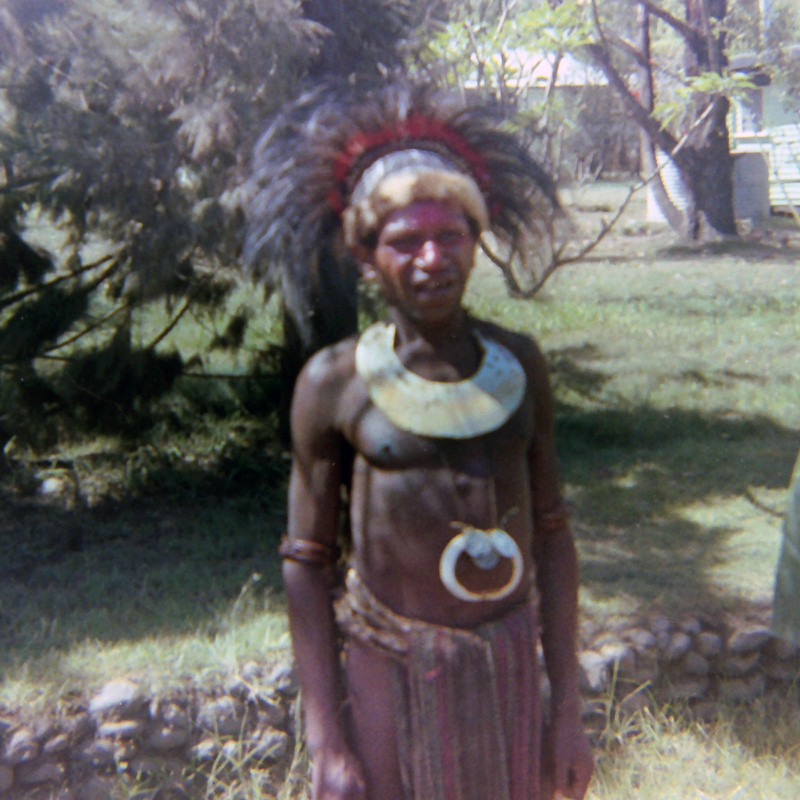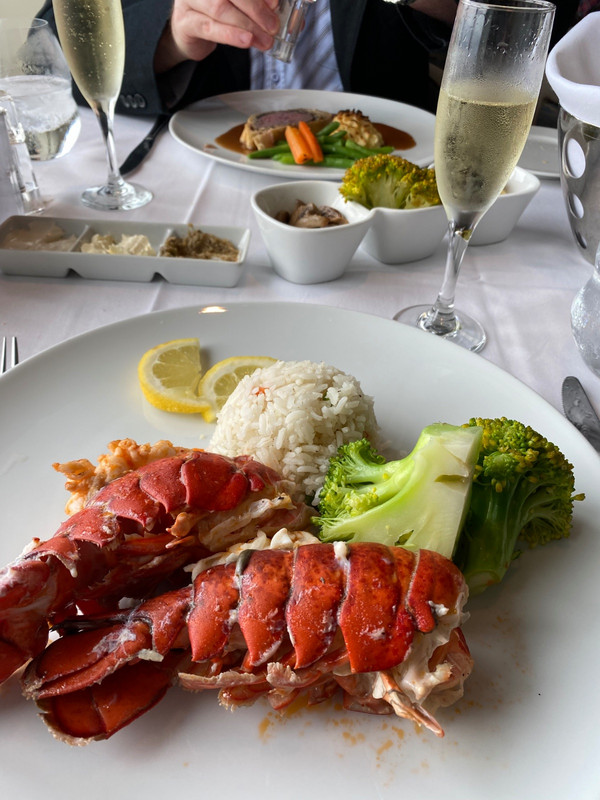The Vanderbilt estate in Western North Carolina. National Register of Historic Places 66000586. IMG00769p1
The Biltmore Estate in Asheville, North Carolina, the largest of the Vanderbilt mansions, had been on our list of historic houses to visit for a while. Spring Break of 2002 provided an opportunity for a family road trip to see this American castle and the natural scenery of Western North Carolina. Off down from Northern Virginia we headed on a Monday morning, then diverged to south of Richmond. This was a more direct route across Virginia to the heart of North Carolina. At Durham, took us straight through to Asheville. We stayed at the Hampton Inn near Biltmore Village, not far from the Biltmore Estate we would visit the following day.
The entry is at the Gate House off of Hendersonville Road. Then it is a drive of some distance over a winding road to reach the house. But, one can enjoy the grounds and beautiful landscaping designed by Frederick Law Olmstead along the way. The Vanderbilts knew what they were doing!
The day was overcast and dreary and raining steadily. All my exterior shots are dark and wet! But, seeing the interior was the main thing. Three levels of the mansion are open to a
The Vanderbilt estate in Western North Carolina. National Register of Historic Places 66000586. IMG00782p1
tour: two living areas and the basement. The design of the in 1895, was inspired by the Loire Valley Chateaux. The house was built for George Washington Vanderbilt II the grandson of Cornelius Vanderbilt. A frieze in the one of the public rooms reminds one that the Vanderbilts made their fortune in railroads.
George was quite the traveler and the rooms contain art, books, tapestries, and furnishings collected on his trips abroad. The basement includes a sizable gym, bowling alley, and indoor pool, very unusual features for the 1890s! But, the most prominent feature of the basement were the servants quarters scale kitchens and laundry. There were individual rooms for the dozens of servants on staff. It reminded us of the setup of English country house in the film Gosford Park. Also in the basement was a display on the construction of the house. A New York newspaper referred to it as the Castle Mr. Vanderbilt was building in North Carolina.
This was the largest historic house we had seen in the USA. I was certainly reminded of Hearsts Castle in California. Even the Billiard Room and indoor pool showed similarities.
I asked if William Randolph Hearst had even been a guest at the Biltmore. He had it seems. I wondered if the Biltmore inspired him to want to build San Simeon? Ive never read of a connection, but I think there must be one.
After the tour, we drove more of the grounds and had lunch at the Deerpark Restaurant on the property. Deerpark offered an elegant lunch.
So many workers were involved in construction of the house and grounds that an was built to house wth its own railway station. Following the construction, Biltmore Village was used a housing for estate employees. Today Biltmore Village is a popular shopping area for Asheville and a residential suburb and the railway station has been repurposed as a restaurant.
Asheville was a discovery. There is an here, and also of free spirits. The unlicensed Free Radio Asheville was shut down around the time we were there. Art galleries can be found downtown. (Not unlike Santa Fe, New Mexico.) Asheville has also long been a resort retreat. Older hotels downtown and on the surrounding ridges overlooking the city have been
renovated. We drove up to see the Grove Park Inn, one of the traditional resorts located here. It has view of Asheville from its hillside location.









